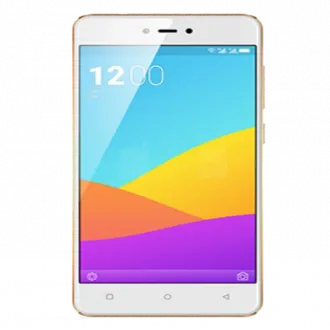In order to be able to do more technical changes to your Gionee F103 Pro you will need to install some extra software on your computer system to bridge to flash custom firmware. Only do any of these technical functions to your phone if it is out of warranty and know that there is a risk of permanent damage to the device. Custom ROM can be found at XDA developers forum, also for ADB, CDC & VCOM functions are below.
Android based phones that use ADB drivers to interface with the phone to access advanced features that an advanced user of a phone may want to access. Changing the operating system/Custom ROM is one of the primary reasons to use it. For example, Linage OS which is a clean version of Android that has bloatware removed from it or Ubuntu touch which is a port of Ubuntu for mobile phones. Whatever you are going to do via the USB port that isn’t just accessing photos or other content that would be accessible with standard mass storage USB drivers will be done with the ADB interface, and whatever drivers are needed for your chipset.
Body: Dimensions: 145.3 x 70.5 x 8.5 mm (5.72 x 2.78 x 0.33 in)
Weight: 143 g (5.04 oz)
SIM: Dual SIM (Micro-SIM, dual stand-by)
Display: Type: IPS LCD
Size: 5.0 inches, 68.9 cm2 (~67.3% screen-to-body ratio)
Resolution: 720 x 1280 pixels, 16:9 ratio (~294 ppi density)
Step 1 — Download and extract the Android USB Driver to your PC.
Step 2 — Click Start (Windows) -> Control Panel -> Device Manager (Select Device Manager).
Step 3 — On the Device Manager window find and click on computer name to select Add legacy hardware.
Step 4 — Select Next
Step 5 — Selext Install the hardware that I manually select from a list (Advanced), and click the Next
Step 6 — Select Show All Devices afterward click Next button again.
Step 7 — Click the Have Disk button.
Step 8 — Click Browse button to find the extracted Android ADB Driver -> android_winusb.inf and click on Open.
Step 9 — Click OK.
Step 10 — Now select the Android ADB Interface -> click Next button.
Step 11 — Click Next button again.
Step 12 — Windows Security box will appear, to confirm whether you really want to install the Android USB Driver, so just choose the Install this driver software anyway.
Step 13 — Once you clicked the Finish button, then repeat from step 2 to choose Android Composite ADB Interface.
Step 14 - Done.
